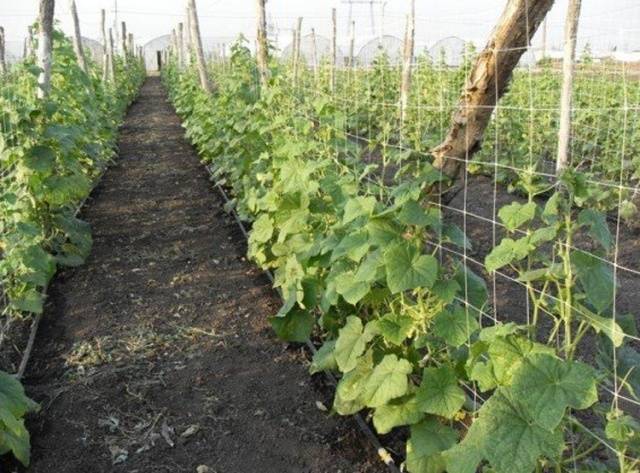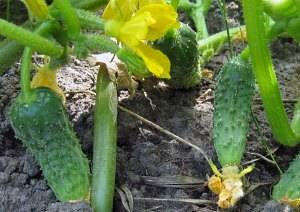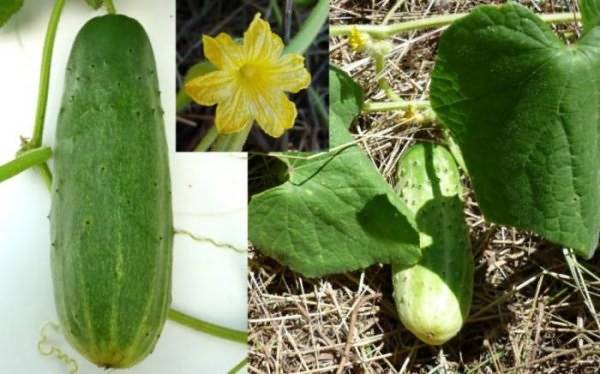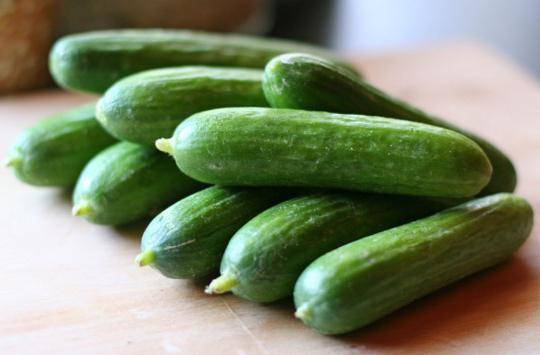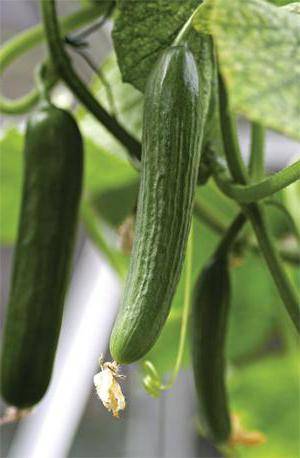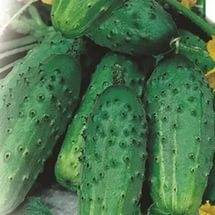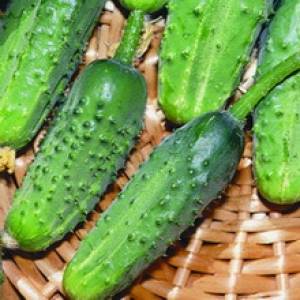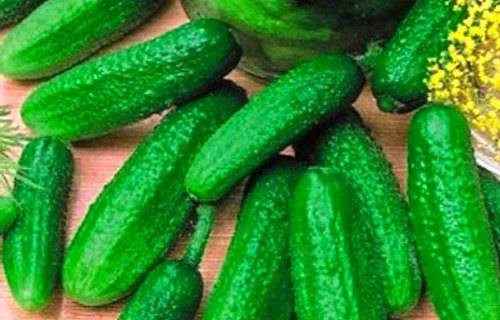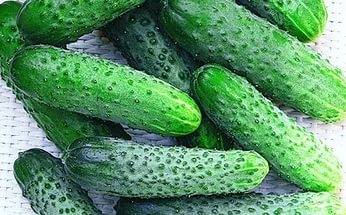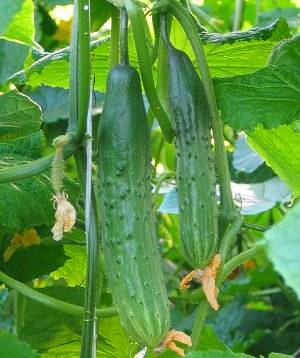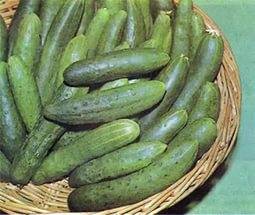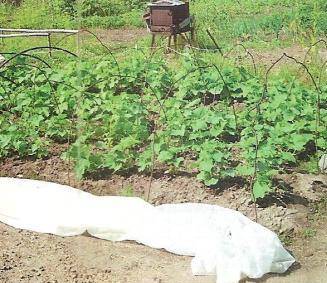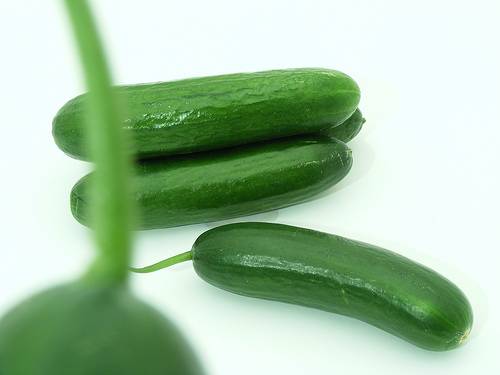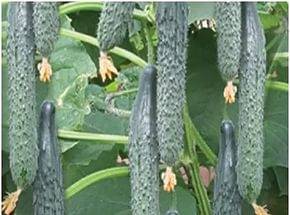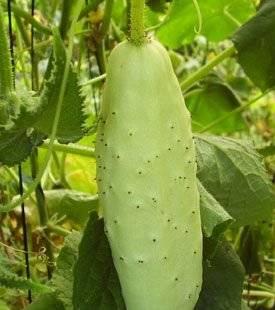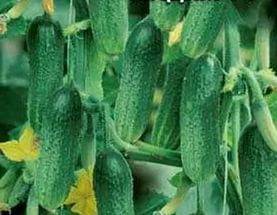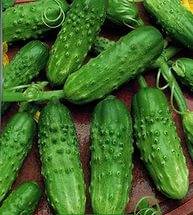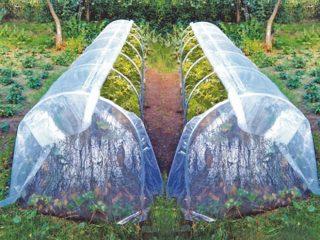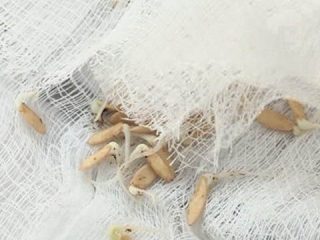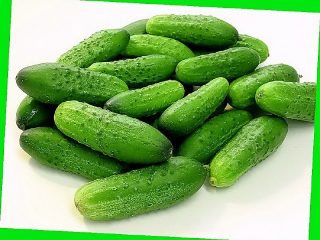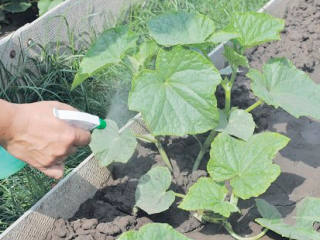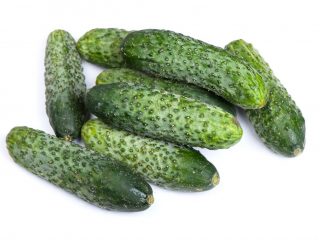Content
Cucumber is a very heat-loving garden crop that loves sunlight and a mild climate. The Siberian climate is not very kind to this plant, especially if cucumbers are planted in open ground. This problem prompted sectionists to create varieties that can withstand cold weather and other weather disasters in Siberia. This article talks about what these varieties are and how to grow such vegetables.
What's special about Siberian cucumbers
The average gardener will not see any major external differences in these vegetables. As they say, a cucumber is a cucumber in Africa, the same green fruit with a pimpled or smooth surface and a characteristic aroma. The peculiarity of the variety for Siberia is its endurance. Subtropical zones with a warm climate are considered the homeland of cucumbers. For many years, the culture roamed around the world, developing immunity to harsher weather conditions. Breeders made a great contribution to the survival rate of cucumbers.
The varieties for Siberia are mainly hybrids. Resistance to cold is genetically instilled in them.Breeders have taken all the best qualities of simple cucumbers, such as fertility, survival, disease resistance, self-pollination, and collected it all in one specific variety. This is how hybrids turned out. Without requiring the participation of bees, cucumber flowers self-pollinate, bringing good yields in the harsh climate of Siberia.
The variety of hybrids is great, however, numerous reviews on forums indicate a greater demand for early cucumbers. Such varieties are most often requested in seed stores. This is due to the fact that Siberia is characterized by a short summer and a vegetable planted in open ground must have time to bear fruit during this time.
One such example is the hybrid “Siberian Yard F1”. Cucumber seeds germinate quickly, allowing for an early harvest. The fruits are in demand for preservation due to the ability of the peel to absorb brine in parts. The pulp is salted evenly, giving the vegetable a pleasant taste.
If the open ground was infected last year with diseased cucumbers or an outbreak of the disease is observed in a neighboring area, it is better to plant the hybrid “Herman F1”. Its fruits are excellent for canning.
“Muromskie” cucumbers are ideal for the short summer of Siberia. The plant can be planted directly into the ground or greenhouse. In a maximum of a month and a half, the first early harvest will appear.
Siberian varieties of cucumbers
Ideal for Siberia are varieties that have passed state analysis.Such plants are zoned for certain regions, and you can be sure of their good fruiting.
The best option are varieties bred directly in Siberia:
- Bee-pollinated variety "Firefly" in the North Caucasus region brings a yield of 133-302 c/ha. Goes well for preservation. The disadvantage of this variety is its susceptibility to bacteriosis and powdery mildew.
- Mid-season vegetable "F1 Brigantine" in the West Siberian region it gives a yield of 158-489 c/ha. The bee-pollinated hybrid bears fruits of universal purpose.
- Early variety "Gusto" in the West Siberian region it gives a yield of 260-453 c/ha. The plant is bee-pollinated. The purpose of the cucumber is universal.
- Hybrid "Sedek F1 Champion" in the Central Black Earth and West Siberian regions it gives a yield of 270-467 c/ha. The plant belongs to the parthenocarpic type. The purpose of the cucumber is universal.
- Early variety "Serpentine" in the Western Siberian region it gives a yield of 173-352 c/ha, and in the Central Black Earth region - 129-222 c/ha. The bee-pollinated plant bears fruits of universal purpose.
- Hybrid "F1 Apogee" bred specifically for open ground. In the West Siberian region, cucumber gives a yield of 336-405 c/ha. An early bee-pollinated plant, it bears fruits of universal purpose.
All these and other varieties suitable for Siberia are included in the State Register. The seeds of such cucumbers are prepared for cold climates and are immune to blight and bacteriosis.
Good varieties of cucumbers, according to gardeners
Many varieties of cucumbers have been bred for the open ground of Siberia. Everyone chooses the best option for themselves, however, there are varieties that appeal to all gardeners.
"Altai"
These cucumbers can be called the favorites of Siberian gardeners. When compared with other varieties, “Altai” is often taken as a standard. The unpretentious plant takes root well in cold climates.
The cucumber is considered early. The first ovary appears on the 35th day. The plant is pollinated by bees and grows up to 1 m tall in the garden and greenhouse.
The bright green fruits are 10 cm long and weigh about 90 g. The peel is covered with pimples with white spines. The excellent taste and small size of the fruit have made the cucumber popular among housewives. The ripe vegetable is used as a universal vegetable.
As for cultivation, for a cold region it is not recommended to throw cucumber seeds directly into the ground, even if the bed is covered with film. It is better to germinate seeds in a warm room. The hardiness of the variety allows you to water the seedlings once every 7 days. Warm water is added to each plant. It is important to loosen the top layer of soil to avoid crust formation.
"Miranda F1"
The advantage of the variety is its resistance to frost and powdery mildew. Seeds for seedlings are sown after April 15 and by the end of May the plants are planted in the ground.
An early hybrid is suitable for any soil where it takes root well, however, the more fertile the soil, the more intensively the plant will grow and bear fruit. The self-pollinating plant has a developed large bush. What makes the cucumber unusual is its bright green color with small light dots. Yellowish stripes and small pimples are slightly visible on the peel. With a maximum fruit size of 12 cm, its weight is about 120 g. According to their intended purpose, cucumbers are considered universal.
The optimal landing step is 1 m2 – 4 sprouts.
Although this cucumber is unpretentious, the soil for it must be fertilized in the fall. For good air access, the soil is mixed with sawdust. The plant likes regular watering every other day, but does not tolerate waterlogging of the soil. In rainy summers, reduce the frequency of watering.
"Cascade"
Cucumbers of this variety belong to the average type of ripening. The ovary appears on the plant after at least 45 days, but most often after 50. The variety is resistant to bacterial and fungal infections. The plant has predominantly female flowers.
The advantage of the variety is the friendly ripening of cucumbers. A dark-colored vegetable with a maximum length of 15 cm weighs 100 g. The plant’s fertility allows from 1 m2 harvest 8 kg of crop.
Review of other varieties suitable for Siberia
So, we have examined, as they say, the standard of Siberian varieties of cucumbers. They are most in demand in the region among gardeners. However, Siberian cucumbers are not limited to this, and it is time to get acquainted with other varieties.
"Brigantine F1"
A plant with moderately developed branching requires the participation of bees to pollinate flowers. The important thing is that the vegetable was bred in Siberia and adapted to the local climate. The first ovary appears after 45 days. The peel of cucumbers is covered with light stripes and large pimples with a white edging of the tubercles. Fruits up to 13 cm long weigh 95 g. The vegetable is used as a universal one. The fertility of the variety is about 10 kg per 1 m2.
"Moment"
Cucumber is considered to be of universal use and keeps its presentation well during long-term storage.
The tall plant forms large bushes with long shoots.The appearance of the ovary is observed 45 days after planting the seedlings. An adult cucumber is unlimited in size. It can grow 12 cm long, and sometimes 20 cm. The high density of the fruit is confirmed by its weight of up to 200 g. The peel of the vegetable is rarely covered with pimples with dark spines.
"F1 Claudia"
High fertility allows you to harvest up to 27 kg of cucumbers from 1 m2 per season2.
The parthenocarpic type plant takes root well in the garden and under film. The hybrid has long gained its popularity among a certain circle of gardeners in Siberia. Fruiting lasts about 2 months, which requires harvesting every 2–3 days. The peel of the cucumber is covered with small pimples. The fruit is genetically characterized by the absence of bitter taste. The purpose of the vegetable is universal.
"F1 Herman"
This variety has already been considered above as the most resistant to all diseases. The hybrid belongs to the early cucumbers. The parthenocarpic plant has good fertility. Tufted ovaries are formed on the stem. The number of cucumbers in 1 bunch sometimes reaches 6 pieces. The shape and size of the vegetable is similar to a gherkin. The length of the fruit does not exceed 12 cm. The sweetish taste of the pulp allows the cucumber to be used as a universal one.
"F1 Zozulya"
The parthenocarpic hybrid, known to many gardeners, is distinguished by its fertility over a long period. Cucumber is quite resistant to low temperatures, fungal and bacterial diseases. In order for the plant to take root well and grow, the seeds must be planted after May 15 under film. High early maturity allows harvesting every other day.
"Manul"
A plant with an average period of fruit ripening requires the participation of bees to pollinate flowers.This variety has only female flowers and another cucumber can be planted nearby as a pollinator in the garden. For greenhouse cultivation, the Greenhouse 40 variety is planted next to Manul. If we talk about the fruits, they are quite large, up to 20 cm long. Designed for universal use.
This video shows an overview of cucumber varieties for open ground:
Basic rules for growing cucumbers in Siberia
The Siberian summer is very short and is often accompanied by cool night temperatures, which has a detrimental effect on the heat-loving cucumber. Not everyone can afford a greenhouse to enjoy fresh cucumbers for a long time, so you have to adapt to the open ground.
To create favorable growth conditions for a cucumber, you need to know the characteristics of this plant:
- Until the average daily temperature drops below 15OC, the plant will develop intensively. With cold weather, the growth of cucumber will slow down.
- The roots are the most sensitive to cold, even to some extent more than the stems. The root itself is weak and grows on the surface layer of soil. However, it tends to grow new branches.
- The stems of the plant form nodes. It can simultaneously form: female and male flowers, tendril, side lash and leaf. With high humidity, a young plant can form from each formed organ.
- Seedlings and adult plants need to be fed. The nutrient concentration for a mature plant is 1%, and for young plants – 0.2%.
- As for the soil, acidity below pH 5.6 is detrimental to cucumbers. Loamy soils do not allow the root system to develop well, which leads to poor moisture absorption. Naturally, cucumber harvests will be late.
If you decide to grow cucumbers in open ground, you must take care of film cover. The preparation of the soil cushion is also important. It is made from a mixture of manure with hay or straw. The cushion is covered with soil on top, on which seedlings will be planted in the future.
A little more about Siberian families
To get a general picture of Siberian cucumber varieties, let's take a look at the popular families:
- Varieties of the “fruit” family usually have fruits 15 to 20 cm long with a smooth skin. They are used for salads, but some varieties can be lightly salted. Prominent representatives of this family: “Fruit F1”, “April F1”, “Gift F1”, “Spring whim F1”, etc.
- Family of "alligators" The yield is similar to zucchini. Planting 5 bushes is enough for an average family. Cucumbers are also called Chinese and are most often used for salads, but lightly salted cucumbers are also possible. Bright representatives of the family: “Elizabeth F1”, “Alligator F1”, “Ekaterina F1”, “Beijing delicious F1”, etc.
- Albino family varieties grow well in open ground in Siberia. The vegetable is unusually pale in color and has excellent taste. Sometimes the cucumber is called Japanese.
- Gherkins – ideal for preservation. The length of the fruit does not exceed 12 cm. Representatives of the family: “Gerda F1”, “Quartet F1”, “Boris F1”, “Friendly Family F1”, etc.
- Good for preservation German varieties. Their fruits are covered with pimples, between which there are thorns. When salting, salt penetrates into the pulp through damaged spines. Representatives of the family: “Zest F1”, “Bidretta F1”, “Diva F1”, “Libella F1”.
- Mini gherkins created for true gourmets who love small pickled cucumbers. Pickles are preserved for one day, up to 4 cm in size.Prominent representatives for Siberia: “Son of the Regiment F1”, “Boy Scout F1”, “Spring F1”, “Filippok F1”.
Conclusion
The work of breeders is constantly ongoing, each time new varieties of cucumbers appear, including for the Siberian region.
